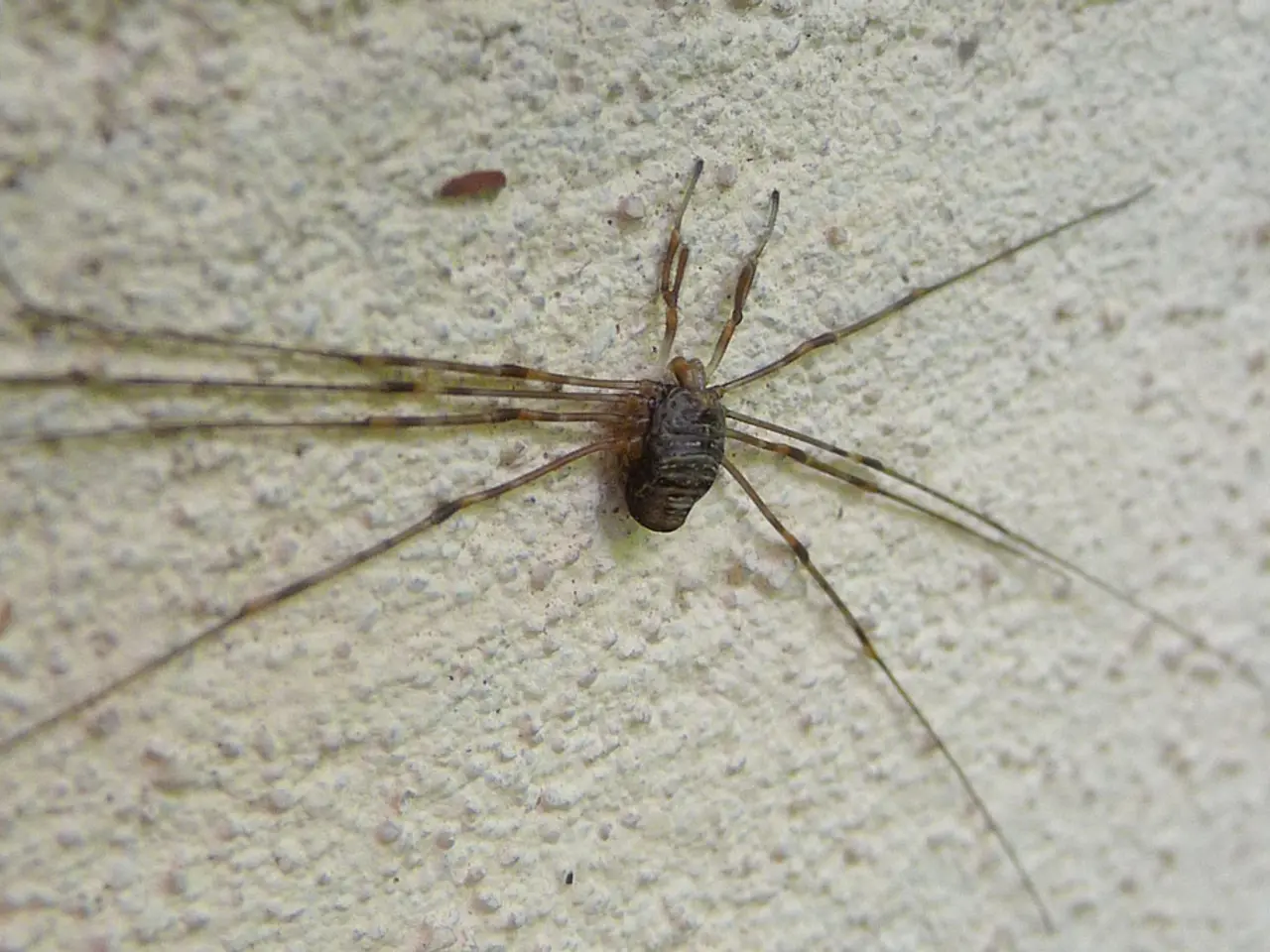A Brown Recluse Bite: An Overview of the Bite Caused by the Brown Recluse Spider
Brown recluse and black widow spider bites can be dangerous, requiring prompt medical attention and different treatment approaches.
Brown Recluse Spider Bites
If you suspect a brown recluse bite, it's essential to seek medical attention promptly to prevent complications. In the initial stages following a brown recluse bite, symptoms may include redness and swelling, severe pain, and itching around the bite area. As time passes, these symptoms can worsen, leading to blistering, necrosis, fever, chills, nausea, and severe pain radiating from the bite area.
Treatment for brown recluse bites involves cleaning the wound and keeping it protected, using antibiotics to prevent or treat secondary bacterial infections, administering antihistamines to relieve itching and steroids to reduce inflammation. In severe cases, surgery may be needed to remove necrotic (dead) tissue, and hyperbaric oxygen therapy might be used to improve tissue oxygenation and healing.
Black Widow Spider Bites
Black widow spider bites require immediate medical attention due to potential life-threatening systemic symptoms such as muscle cramps, abdominal rigidity, nausea, vomiting, tremors, and sweating. Treatment focuses on immediate systemic symptom management due to its neurotoxic venom.
In case of a black widow bite, emergency care often includes pain management, muscle relaxants, and sometimes antivenom administration. Ice can be applied to reduce pain and swelling on the way to the hospital, and hospitalization may be necessary for severe symptoms or difficulty breathing.
Prevention and Identification
To prevent brown recluse encounters, maintain your home by sealing cracks and crevices, keeping it clutter-free, and regularly vacuuming corners and behind appliances. When spending time outdoors, wear gloves, inspect outdoor furniture and equipment, and keep yards tidy to minimize the risk of encounters.
The brown recluse spider is typically light to dark brown, with a yellowish hue in some cases, about 1/4 to 1/2 inch long, and has long, slender legs that often appear longer than its body. It is often recognized by its distinctive violin-shaped marking on its back, with the neck of the violin pointing towards the rear of the spider.
In rare cases, a brown recluse bite can lead to long-term complications, including scarring, infection, and emotional impact. In severe cases of a brown recluse bite, skin grafts may be necessary to repair the damaged area.
[1] Mayo Clinic. (2021). Brown recluse spider bite. [online] Available at: https://www.mayoclinic.org/diseases-conditions/brown-recluse-spider-bite/symptoms-causes/syc-20354152
[2] WebMD. (2021). Brown Recluse Spider Bite. [online] Available at: https://www.webmd.com/first-aid/brown-recluse-spider-bite-home-treatment
[3] American Academy of Dermatology. (2021). Brown Recluse Spider Bite. [online] Available at: https://www.aad.org/public/diseases/a-z/brown-recluse-spider-bite
[4] National Library of Medicine. (2021). Black Widow Spider Bite. [online] Available at: https://medlineplus.gov/ency/article/000758.htm
[5] University of California, Davis. (2021). Brown Recluse Spider. [online] Available at: https://entomology.ucdavis.edu/insects/brown-recluse-spider/




